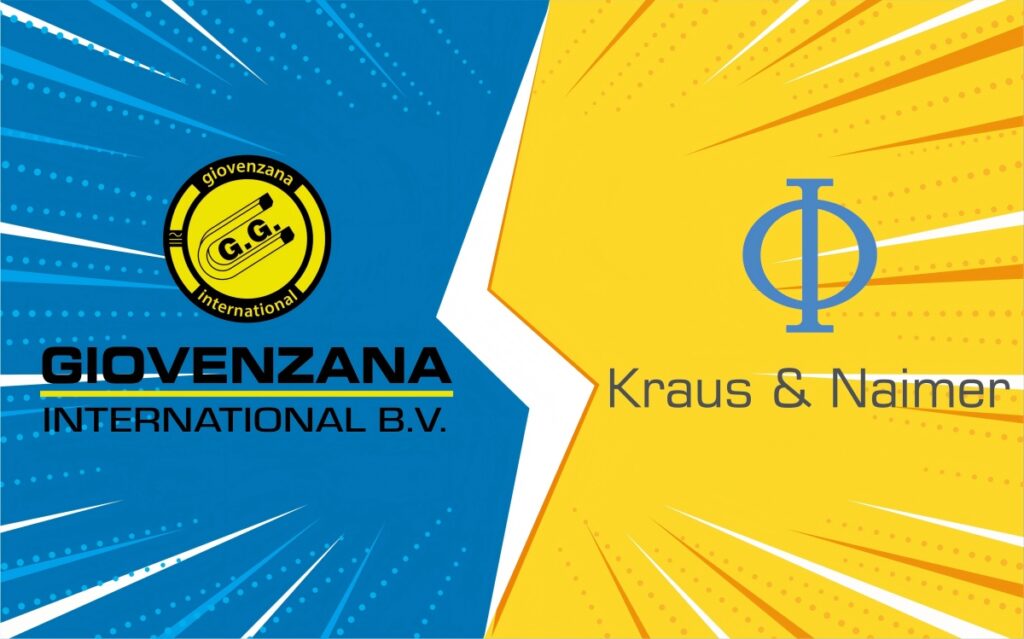Core Differences Between Giovenzana and Kraus Naimer Switches
An increasing number of clients are now turning to us as they seek alternatives to Giovenzana switches, and Konrak has delivered exceptionally refined replacement solutions to meet this demand.
Below, we analyze the distinctions and respective strengths between Giovenzana and Kraus Naimer switches.
The Giovenzana Phoenix series is engineered as dedicated control switches for vertical applications, prioritizing compact design and scenario-specific adaptability. In contrast, Kraus Naimer Blue Line series serves as universal industrial switches with full current range coverage, boasting core strengths in technical versatility, high-current capacity, and global service support. Selection should be guided by specific current demands, installation space constraints, and industry standards (e.g., elevators must adhere to lifting equipment safety regulations).
1. Differences in Model Definitions
Giovenzana:
P0 Switches: 12A/16A/20A IP20 Finger Proof wiring terminals.
PX Switches: 12A/16A/20A IP10 Exposed wiring terminals.
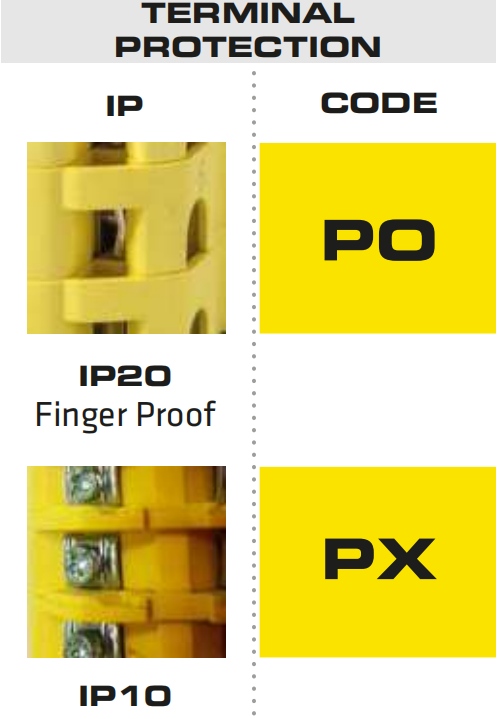
C0 Switches: 25A/32A/40A IP20 Finger Proof wiring terminals.
CX Switches: 25A/32A/40A IP10 Exposed wiring terminals.
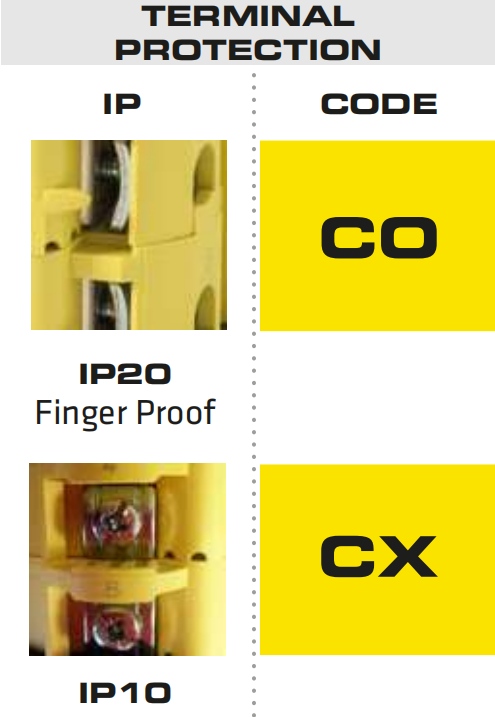
C0 Switches: 63A/80A IP00 Exposed wiring terminals. (I think it should be CX as it’s IP00 with exposed wiring terminals.)
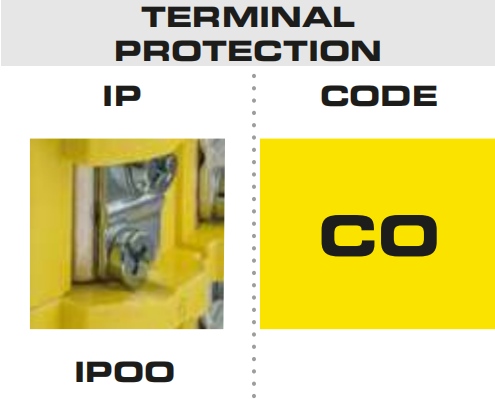
G Switches: 125A/200A IP00 with extra terminal plugs.
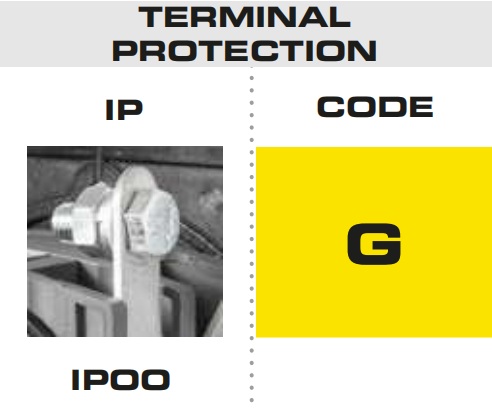
Kraus Naimer:
CA Switches: 10A/20A/25A/32A IP20 Finger Proof wiring terminals.
CAD Switches:5A/6A IP20 Finger Proof wiring terminals. (Gold-plated contacts, allows for low voltages)
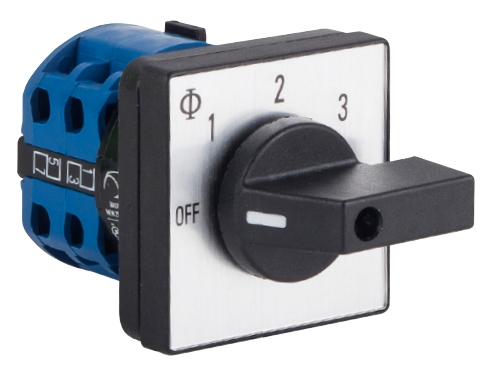
CA: 40A/50A/63A IP20 Finger Proof wiring terminals.
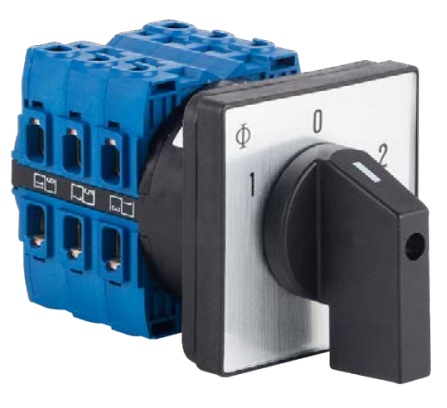
C Switches: 32A/50A/63A/115A/150A/200A/315A IP10 Exposed wiring terminals.
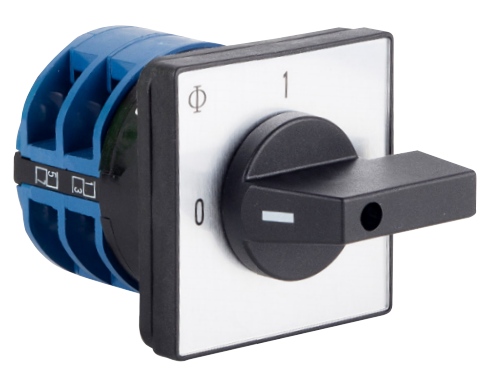
L Switches: 350A/500A/630A/800A/1000A/1100A/1450A/1900A/2400A IP00 with extra terminal plugs.
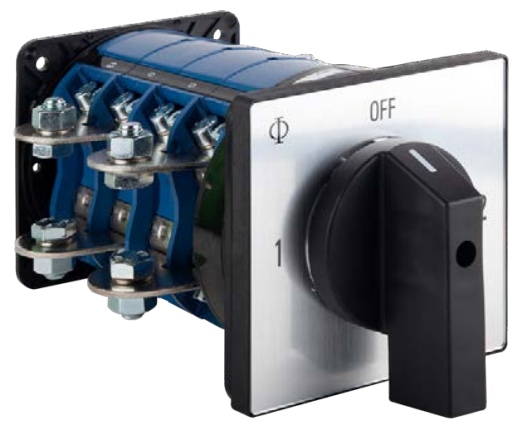
CG Switches: 10A/20A IP20 Finger Proof wiring terminals. Screwdriver diagonally inserted style
CGD Switches:5A IP20 Finger Proof wiring terminals. Screwdriver diagonally inserted style (Gold-plated contacts, allows for low voltages)
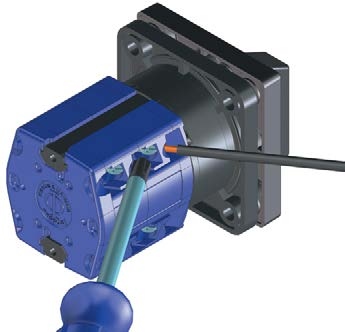
CH Switches: 20A/25A IP20 Finger Proof wiring terminals. Screwdriver diagonally inserted style
CH11/12 Swtiches: 6A IP20 Finger Proof wiring terminals. Screwdriver diagonally inserted style (Gold-plated contacts, allows for low voltages)
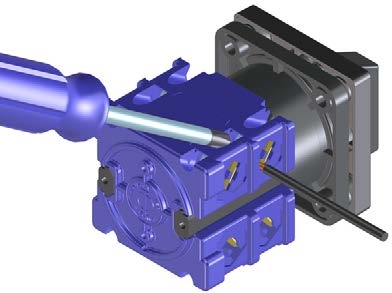
CHR Switches: 20A/25A IP20 Finger Proof for Ring terminals. Screwdriver diagonally inserted style
CHR11/12 Switches: 6A IP20 Finger Proof for Ring terminals. Screwdriver diagonally inserted style (Gold-plated contacts, allows for low voltages)
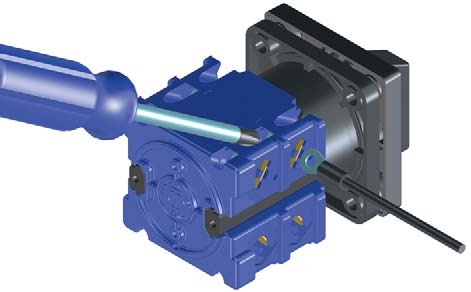
Sum:
From the differences in the above model definitions, it can be seen that Kraus&Naimer has more models. Compared with Giovenzana, it has models for low voltage, models with a screwdriver diagonally inserted style, models that can be used with ring terminals, and nearly 11 more switches with higher ampere ratings. This means that K&N has a richer product line and can meet the requirements of various customers, while G.G has relatively limited applications.
2. Differences in switch structures
Giovenzana Switch Cell
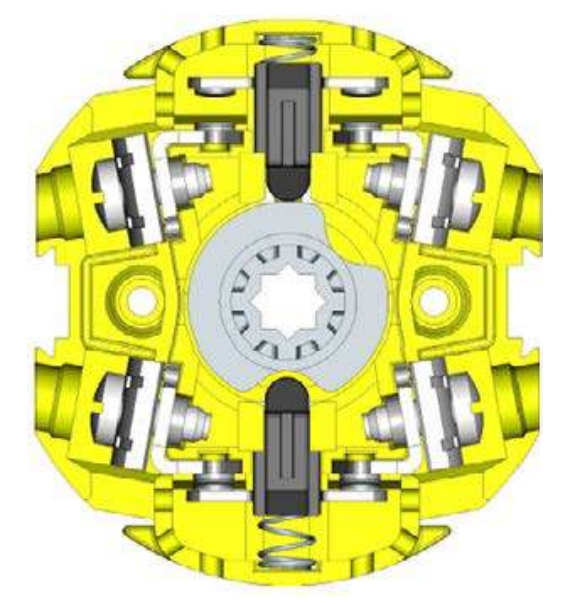
Kraus Naimer Switch Cell
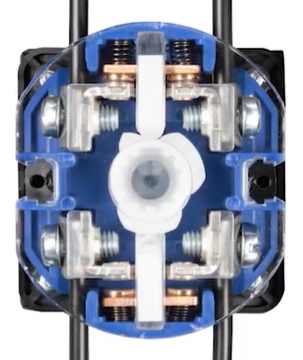
Similar Design, Giovenzana use 2 screw rod to fix the switch cells to mechanism which is seems more stable than the plastic side rod of Kraus Naimer. However Kraus Naimer used 4 springs in each cell which is more stable than 2 springs of Giovenzana. The switch body of Giovenzana has bigger size and taller cells than Kraus Naimer in same ampere, do you think K&N has better design or G.G is more safer?
3. Differences in handles
K&N offers more handle options than GG, especially the following special models for specific usage scenarios. They are more suitable in size and shape for high-torque switches, making operation easier and more labor-saving. Meanwhile, these differently shaped handles are also more distinctive.

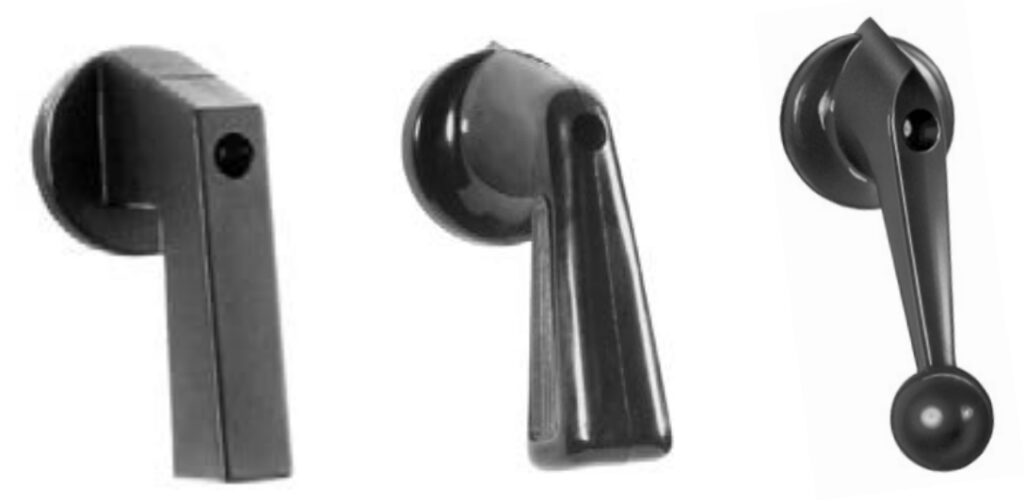
4. Differences in special styles
K&N offers many more special models than GG. These models are customized according to various customer needs during years of production and sales. Although they are special, they all have a certain degree of practicality and market demand. Examples are as follows:
- Trip Indicator: The trip indicator used on switches with spring return positions. It includes a colored indicator to show the last spring return position that handle has been turned.
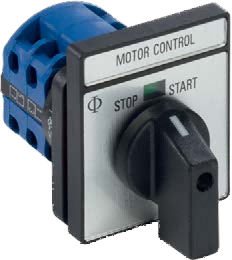
- Control and Indicator Device: Push-to-turn operation with LED-lamps with 4 chips and integrated bridge rectifier, BA9s socket.
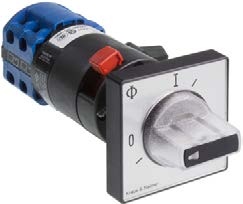
- Auxiliary Contacts: These auxiliary contacts are controlled with a cam which can be programmed.
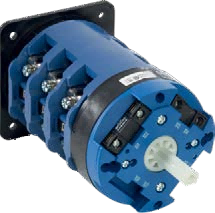
- Push-pull Interlock: The push-pull device is used to interlock the switch so that the handle can be rotated only when pushed or pulled. The push-pull device can be programmed to allow the interlock to operate only between pre-determined switch positions.
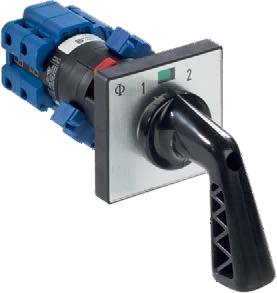
- Motor Drive:The motor drive consists of an AC motor with capacitor, gear train and Geneva gear. This device allows switches to be operated from a remote location.
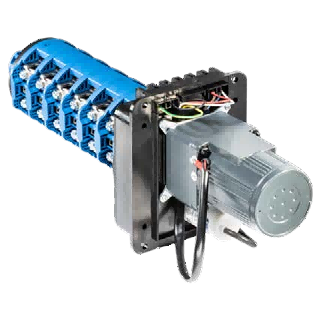
If you would like to discuss more differences with Konrak, or if there is anything inappropriate in this article, please contact [email protected].

